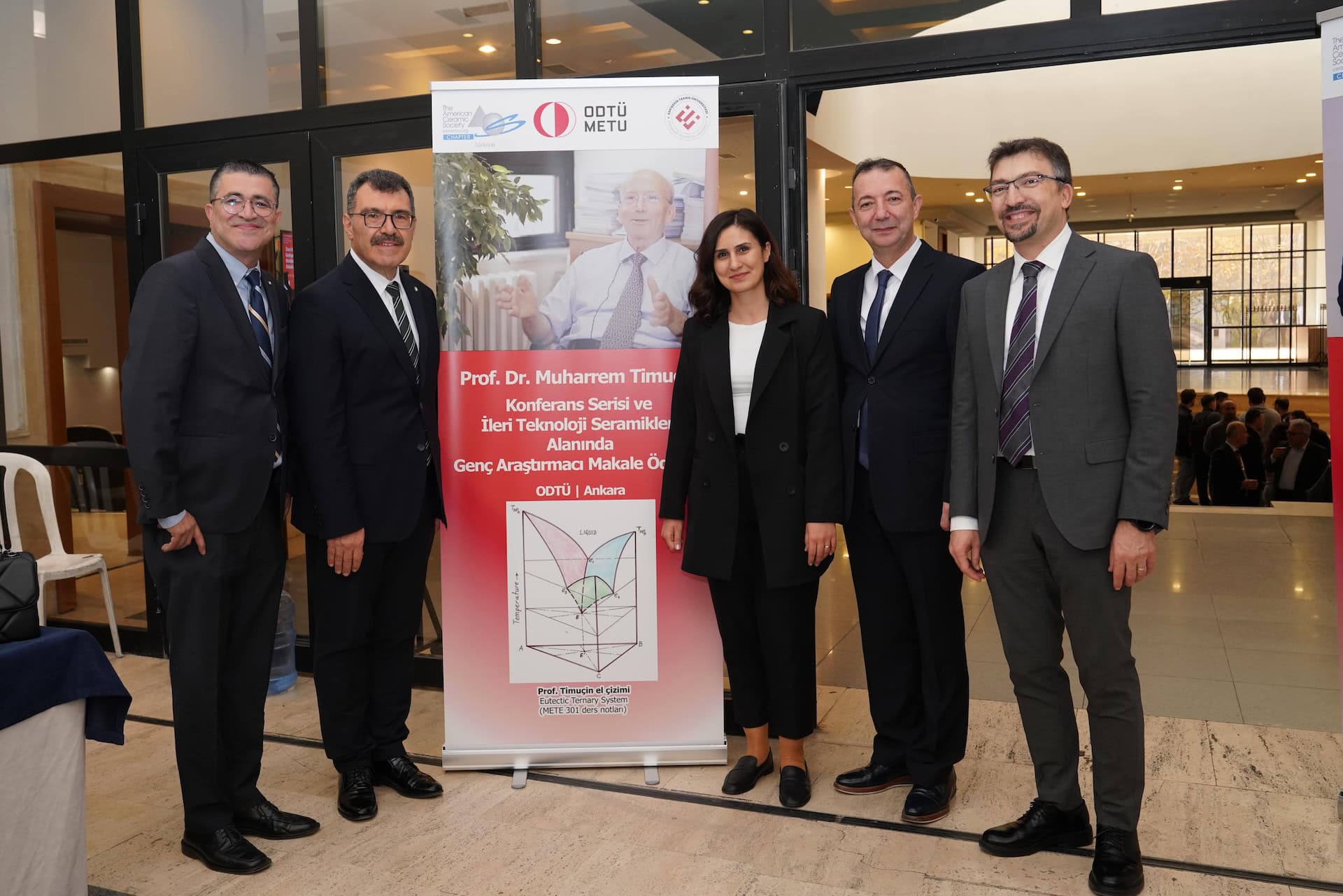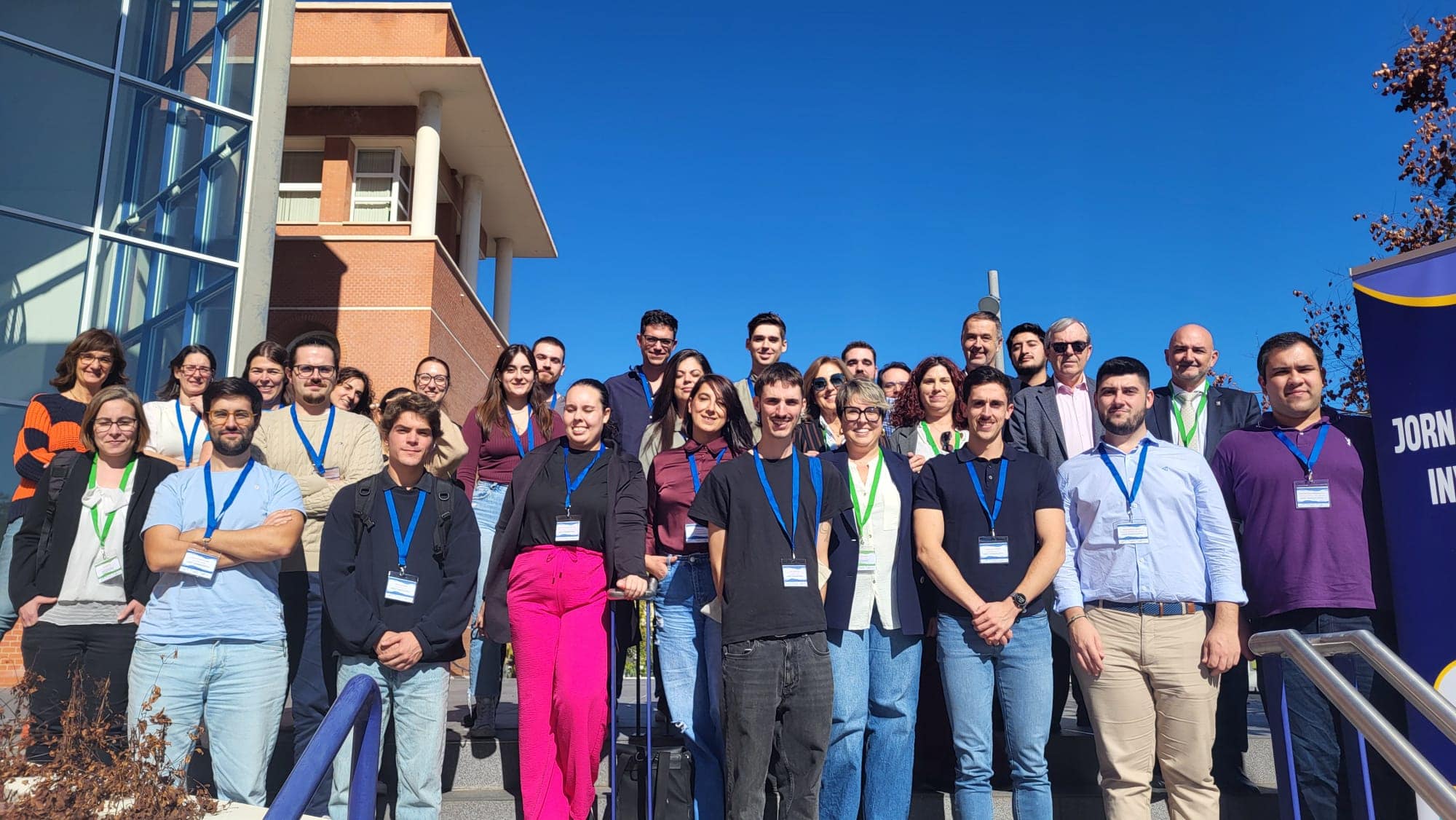Monday was the second day of the 4th International Congress on Ceramics in Chicago. The day began with plenary sessions that were followed by a luncheon sponsored by the Boeing Company. The afternoon featured invited lectures and a technology forum that included both interactive and poster presentations.
Gary Calabrese from Corning Glassworks led off the plenary session and was one of the speakers that I enjoyed the most. His talk interested me because I have a background in industry and may return there upon graduation. Calabrese gave some background on his company, which invests heavily in research, employing over 2,000 people in its research, development and extension department. Some new technologies that Corning is developing include roll-to-roll glass, ultracapacitors and high bandwidth optical fiber and cables. I think one of the reasons for Corning’s high level of achievement is that, as Calabrese stated, they focus on solving the “right” problems for the company and clearly define success, including economic factors.
John Tracy from The Boeing Company was another plenary speaker that I enjoyed. My school is The University of Tennessee Space Institute, and even though I am in the biomedical engineering department, I have a strong interest in aviation and the space industry. Tracy challenged the audience to make ceramics achieve what carbon composites achieved in revolutionizing the wings and fuselage of jets, as demonstrated by the Boeing 787 Dreamliner. Tracy did, however, acknowledge the important role ceramics have already played in aerospace applications, such as the heat shields for the space shuttle.
I have a particular interest in nanoparticles and their biomedical applications because a large portion of my research is focused on this form of technology. For this reason, I found invited speaker
Lang Tran’s presentation on nanotoxicology and nanomedicine very thought-provoking. Lang discussed the two most relevant forms of exposure to nanoparticles, inhalation and ingestion. He pointed out the parallel between pulmonary and cardiovascular toxicology, noting that lipoprotein particles, which can lead to atherosclerosis, are nanoparticles.
In the late afternoon, I spent a lot of time at the Interactive Technology Forum, sponsored by Samsung Electro-Mechanics Company. Many presenters were there, some with traditional poster presentations and others with presentations that were interactive. I had the opportunity there to meet Brooke Barta, a graduate student at the Georgia Institute of Technology. Barta is researching scintillating glass ceramics that are similar to the materials
that I am working with in my research at UTSI. I really enjoyed discussing with her the challenges of making glass ceramics on the laboratory scale.
On Monday night, as part of the ICC4 Future Leaders Program, ACerS staffer, Megan Bricker, led a large group to Gino’s East Pizzeria, where we all enjoyed deep-dish pizza. I was fortunate enough to be seated with H.C. Starck sales manager Rob Jensen, ACerS past president, Marina Pascucci, and ICC4 plenary lecturer Delbert Day. Day entertained the table, recounting some of his more interesting flying stories, including the time he and his son both flew World War II era P-51 Mustang fighter planes in formation together. Day also told us about a borate-based glass fiber that his research team has developed that promotes dramatically increased blood vessel growth in the human body and has the potential to revolutionize the treatment of chronic wounds, such as diabetic ulcers and bed sores.
Author
Russell Lee Leonard
Spotlight Categories
- Meeting Highlights


